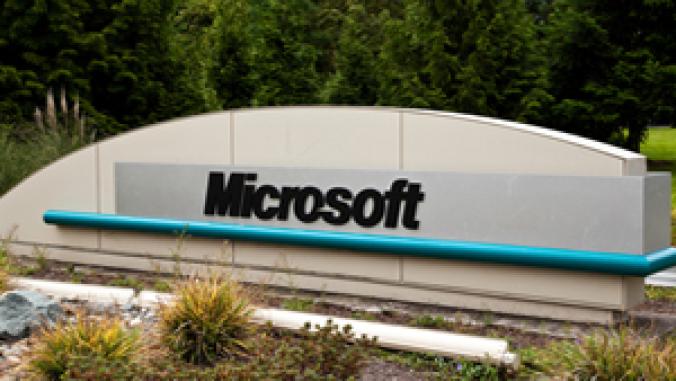Moving Beyond Carbon: The Future of Resource Management Software
<p>As global companies take steps to consolidate their environmental, social and legal responsibilities across continents, managing carbon simply isn't enough. A conference last week highlighted how software companies can help the enterprise juggle all these balls.</p>

While much has been written about carbon management (and much of it by me…), I've always been aware of the bigger picture that carbon is just one of many -- depending on the company, it can be 30 or more -- environmental, compliance and safety processes that large companies have to track across the many countries of their operations.
At last week's Enablon user conference in Chicago, I got the opportunity to better understand how large companies manage those processes, especially around risk, regulations and transparency requirements.
Speakers and attendees at the conference represented many industries, but were typically from large industrial, energy (oil and gas, and utilities) and transportation. Among the 300 or so attendees were representatives from Sara Lee, Glidden Paint, Illinois Tool Works, Eaton, Baxter, Cummins, Direct Energy, Southern Union and UPS, among many others.
Large global organizations like these face increased risks related to climate change, food safety, product safety, worker safety, company reputation, and supply chain. These risks often bring increased regulation for product safety, greenhouse gas, air, water and a myriad of other items.
Even though these large companies do not sell directly to consumers, they operate in a world of higher transparency of their operations for investors, customers, communities, employees, non-government organizations and other stakeholders.
These risks, regulations, and transparency are managed by the Environmental Health and Safety (EHS) team, and these teams are often managing it all. Ten years ago, EHS teams managed regulatory compliance at the local plant level and few asked for reports or updates.
Today, EHS teams manage many more business process at both the corporate level as well as the plant level, while fielding many more inquiries. The EHS job has become much tougher.
In response, companies are looking to software to increase productivity, reduce risk and errors and to automate these processes. Software vendors like Enablon, Enviance, IHS, ProcessMAP, SAP and others are responding with integrated software suites that meet all the needs of the EHS team for managing water, air, product and worker safety, as well as carbon emissions.
What it comes down to -- and what signals a potentially big shift in the market in the near future -- is that for these large companies, software solutions that only manage carbon emissions are not sufficient. They need integrated EHS software suites with carbon management modules.
Photo CC-licensed by Francisco Cavallari.





